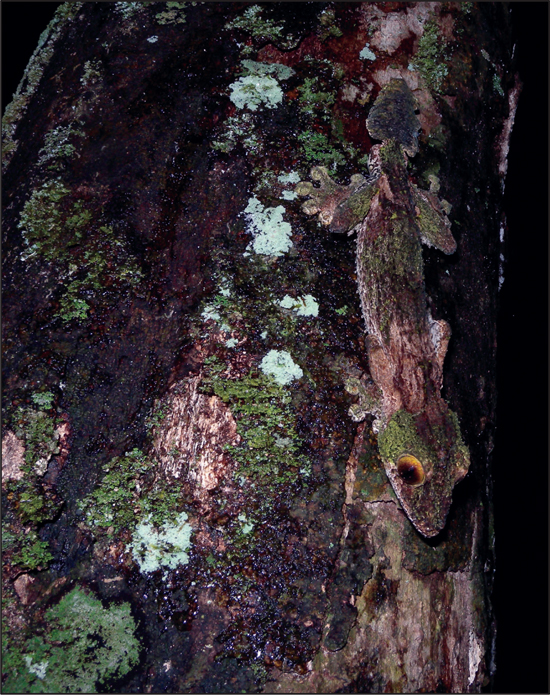Donna Latham - Backyard Biology: Discover the Life Cycles and Adaptations Outside Your Door with Hands-On Science Activities
Here you can read online Donna Latham - Backyard Biology: Discover the Life Cycles and Adaptations Outside Your Door with Hands-On Science Activities full text of the book (entire story) in english for free. Download pdf and epub, get meaning, cover and reviews about this ebook. year: 2020, publisher: Nomad Press, genre: Children. Description of the work, (preface) as well as reviews are available. Best literature library LitArk.com created for fans of good reading and offers a wide selection of genres:
Romance novel
Science fiction
Adventure
Detective
Science
History
Home and family
Prose
Art
Politics
Computer
Non-fiction
Religion
Business
Children
Humor
Choose a favorite category and find really read worthwhile books. Enjoy immersion in the world of imagination, feel the emotions of the characters or learn something new for yourself, make an fascinating discovery.
- Book:Backyard Biology: Discover the Life Cycles and Adaptations Outside Your Door with Hands-On Science Activities
- Author:
- Publisher:Nomad Press
- Genre:
- Year:2020
- Rating:4 / 5
- Favourites:Add to favourites
- Your mark:
Backyard Biology: Discover the Life Cycles and Adaptations Outside Your Door with Hands-On Science Activities: summary, description and annotation
We offer to read an annotation, description, summary or preface (depends on what the author of the book "Backyard Biology: Discover the Life Cycles and Adaptations Outside Your Door with Hands-On Science Activities" wrote himself). If you haven't found the necessary information about the book — write in the comments, we will try to find it.
Offering a deep peek into the world right outside your door, this life science book for middle readers gets kids excited about the natural world with fantastic hands-on science experiments!
Where can you study biology? Everywhere! Do you need special equipment? No!
Biology is the study of life, and life is all around you. You can find life thriving in the city and in the country, teeming in ecosystems around the planetin deserts, oceans, and even the Arctic. Backyard Biology: Discover the Life Cycles and Adaptations Outside Your Door with Hands-On Science Activities introduces readers ages 9 to 12 to the amazing world of life science right outside their doors, no matter where they live. Plentiful text-to-self and text-to-world connections provide foundational learning. This title has been revised and updated to reflect 2020 educational standards and incorporate new scientific discoveries!- Backyard Biology turns readers into Nature Detectives with activities and projects that encourage children to build on a foundation of textual discovery and apply their knowledge to real-world problems and solutions.
- Activities include constructing a plankton net to collect pond samples and growing microorganisms in a Winogradsky column.
- Projects use materials already in most homes, reimagining and repurposing everyday items, as well as mining the recycling bin!
- Essential questions, short sidebars, and links to online primary resources help readers learn about the natural world around them and connect that natural world to the very survival of the human species.
About the Build It Science set and Nomad PressBackyard Biology is part of a set of four Build It Science books that explore accessible science. The other titles in this set are Fairground Physics, Climate Change, and Kitchen Chemistry.
Nomad Press books in the Build It series integrate content with participation. Combining content with inquiry-based projects stimulates learning and makes it active and alive. Nomads unique approach simultaneously grounds kids in factual knowledge while allowing them the space to be curious, creative, and critical thinkers.
All books are leveled for Guided Reading level and Lexile and align with Common Core State Standards and Next Generation Science Standards.
All titles are available in paperback, hardcover, and ebook formats.
Donna Latham: author's other books
Who wrote Backyard Biology: Discover the Life Cycles and Adaptations Outside Your Door with Hands-On Science Activities? Find out the surname, the name of the author of the book and a list of all author's works by series.

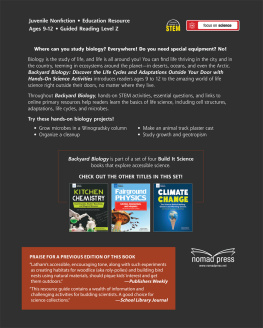
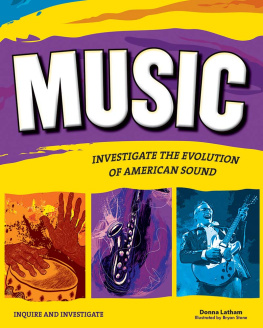
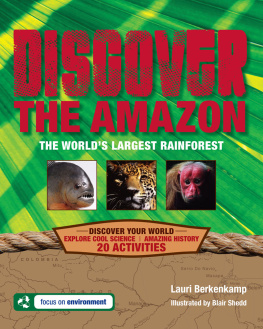
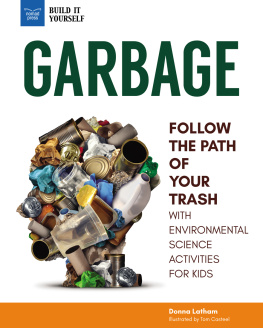
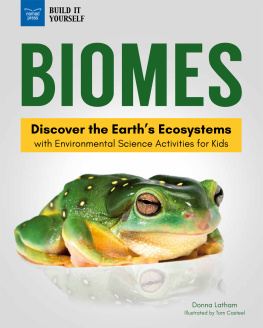


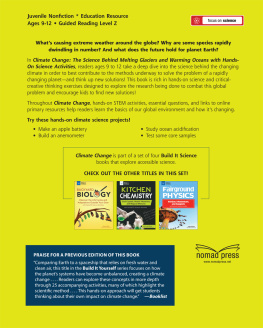
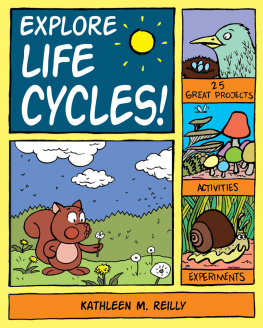


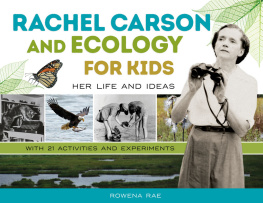
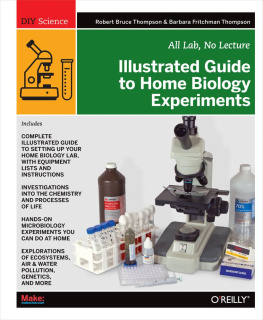
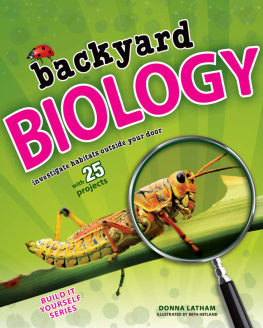



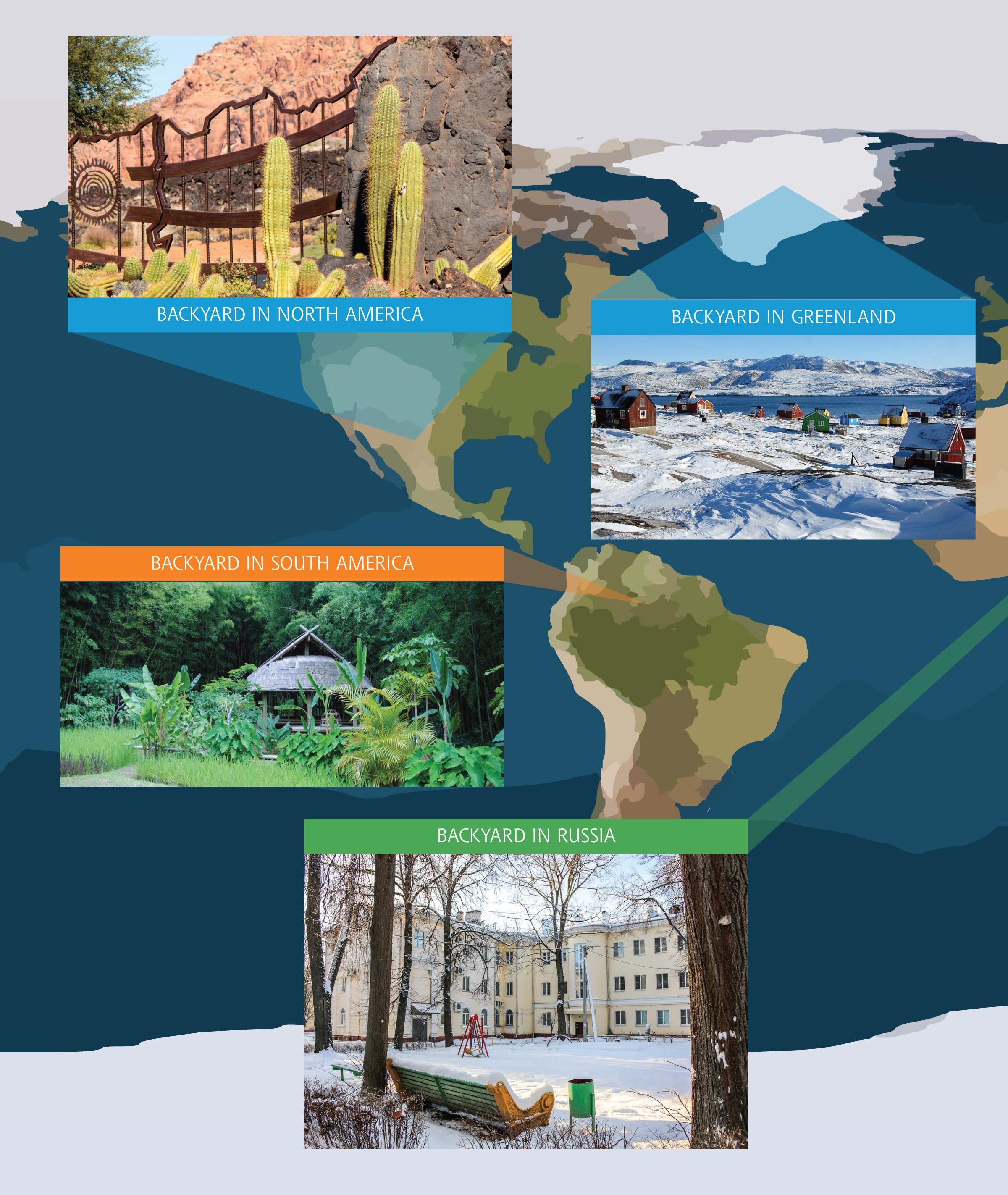
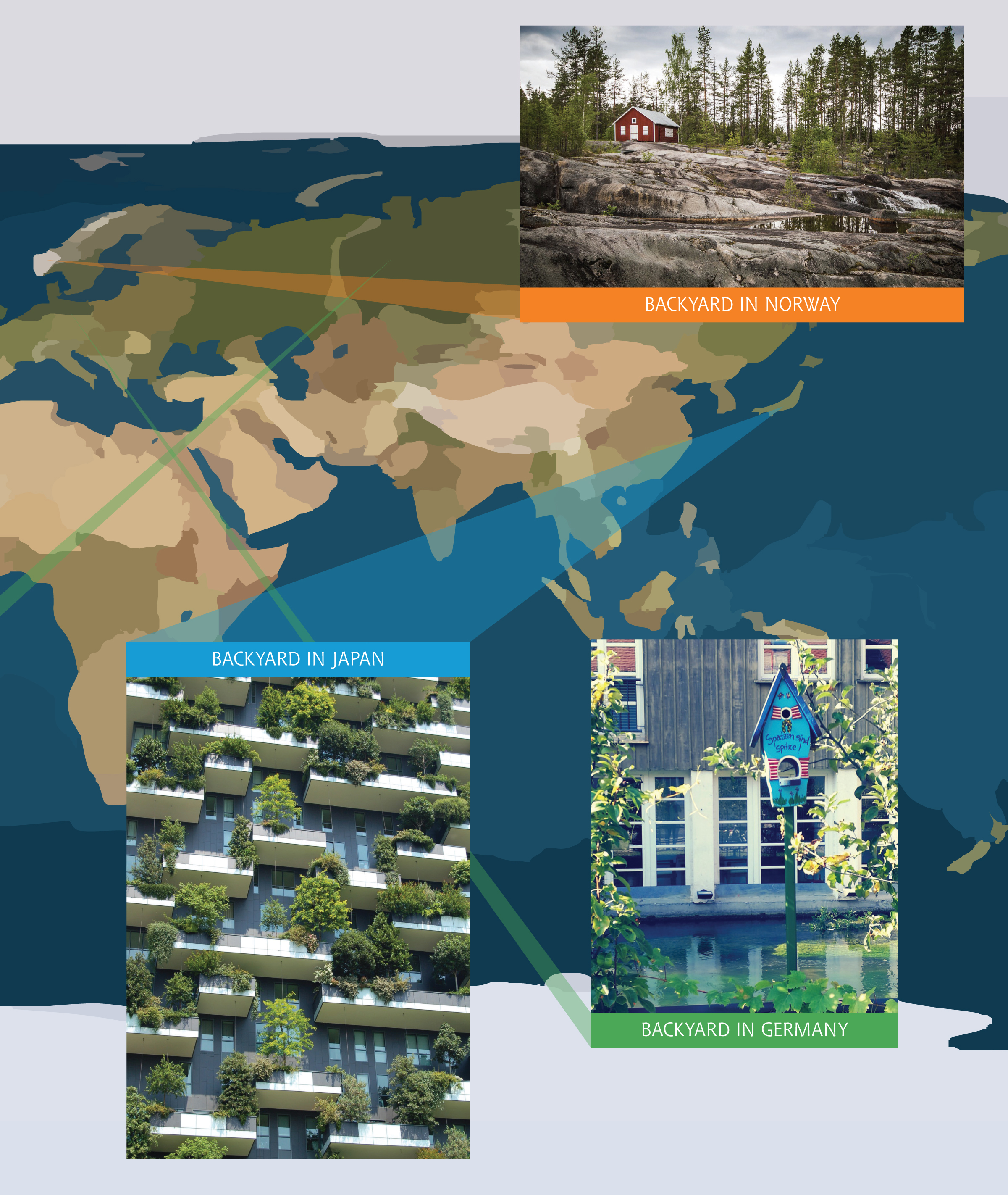
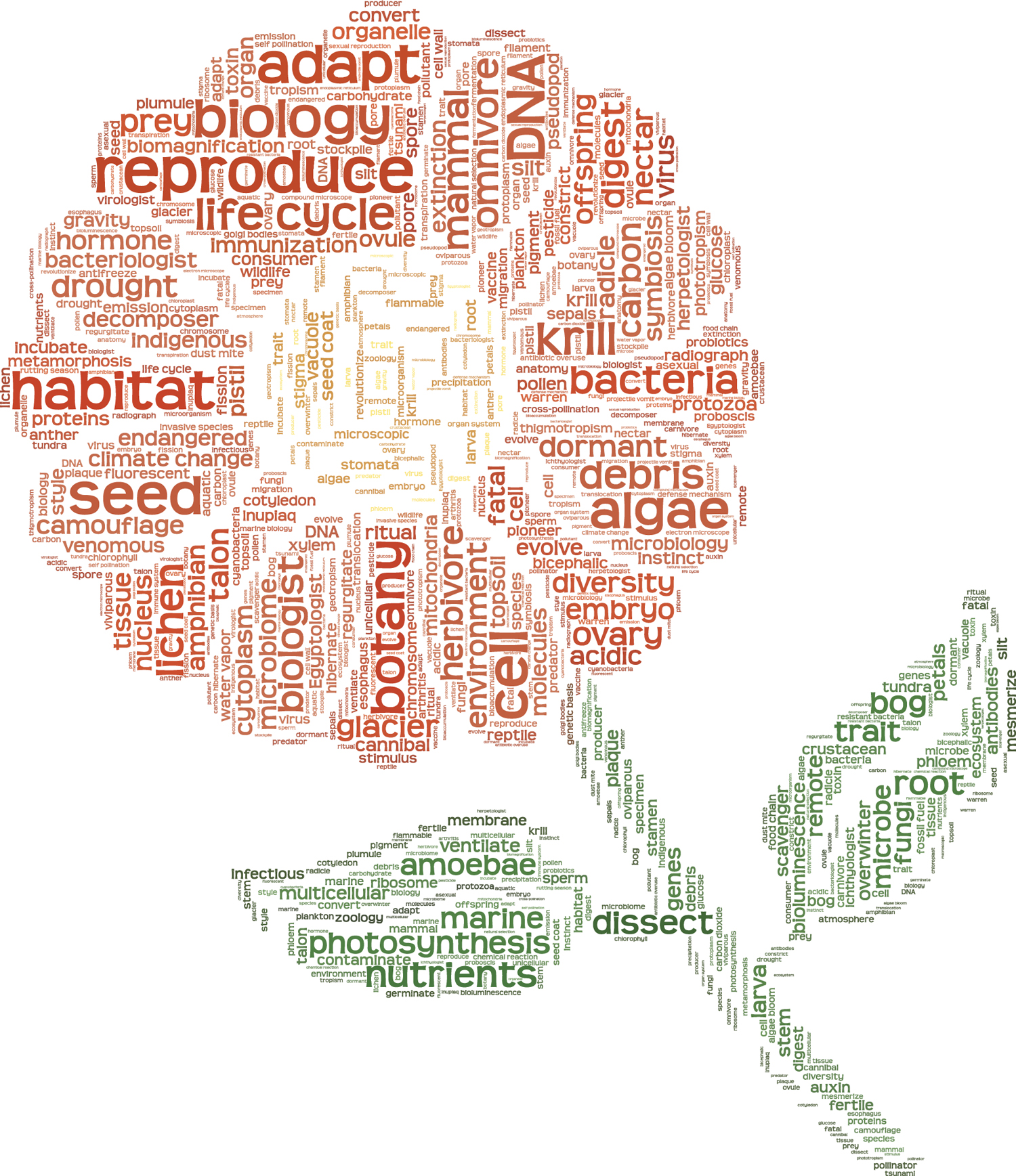

 Take a look at Squalus clarkae in this video!
Take a look at Squalus clarkae in this video!
 Florida Today Squalus clarkae
Florida Today Squalus clarkae